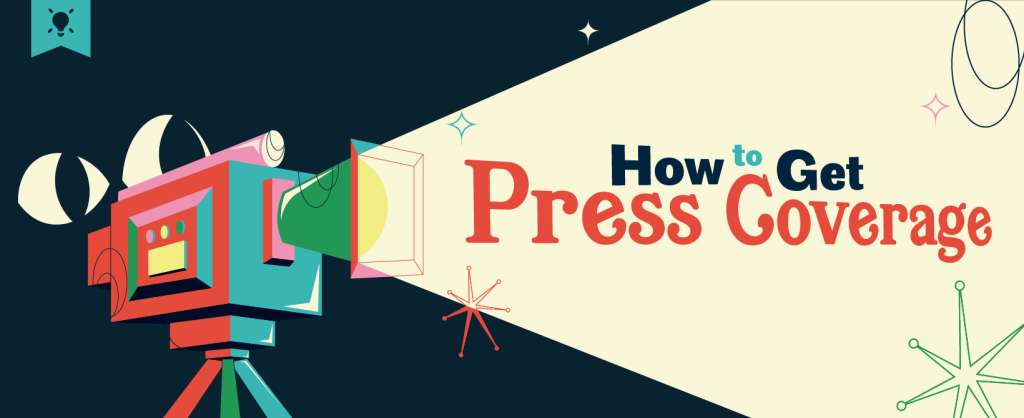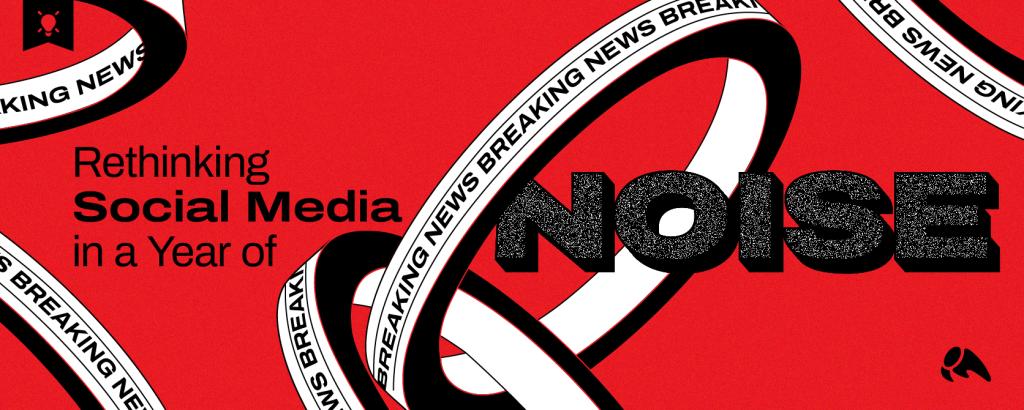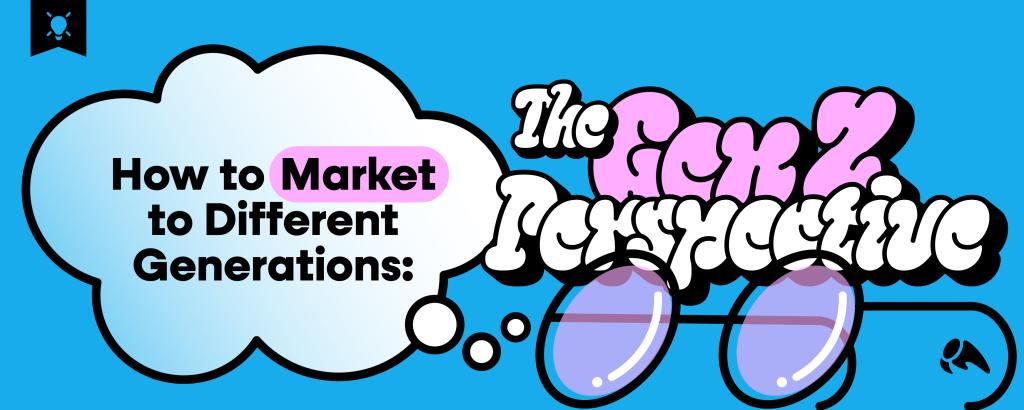
I get pitched a lot. I also send pitches a lot— on behalf of Overit, our clients, and sometimes for myself. Our in-house PR team gets pitched and pitches even more than I do.
Getting good press coverage helps businesses bridge the trust gap with their audiences and build topical awareness. It was important BEFORE COVID and it feels even more important now.
So, I wasn’t surprised last week when our webinar on winning press coverage filled up way faster than we imagined. We’ve all struggled to secure media coverage for our businesses. Many reporters are said to get pitched between 11-100 times a day. If you want their attention, you gotta perfect the art of the pitch.
Here’s how we do it.
1. Know Your Audience’s Habits
Your audience is the most significant part of you earning press coverage. Your audience is what links you to a reporter. They are the thing you guys have in common and are ultimately accountable to. You both want to be worthy of their attention. So take the time to understand who they are and, even more, who they have become over the past year as behaviors and buying patterns changed.
- What matters to them now?
- What’s keeping them up at night?
- How are you helpful or solve for that?
…take it further:
- Where do they get their information?
- What sites are they reading?
- What newspapers or magazines do they subscribe to?
- What reporters or influencers do they follow?
Knowing who they are and where they’re looking tells you where you want to be. At Overit, we do it with a mix of digital and media research, but you can do some of that homework yourself. Survey them. Ask them who they trust, who they read, and where they go for information.
2. Have a Strong Backstory
In many, many cases landing press coverage means inviting people into your story in a way that makes your story relevant to theirs. This is different from the elevator or product pitch you may have worked up to talk about what you do. This isn’t what you do; it’s why you do it. The mission behind it. The juicy center that’s the hook and the meat of it.
If you don’t have it, develop it. It’s worth taking the time to work with a brand or PR consultant to help you craft what it is—breaking out your core values and your mission and what’s “sticky” about what you offer to people. It’s the groundwork of the PR and messaging work that will come next.
Part of having a strong backstory is also identifying what it is you want to be known for. It’s a lot easier to get media to reach out to YOU once you establish yourself as the Go-To person on that topic. Doing that means having a messaging theme and sticking to it. You don’t want to be in every story; you want to be in the story about your specific thing. A decade ago, we called it personal branding, but it’s simpler than that. It’s knowing what you want the story to be and living that. Something I’ve always believed is the power of owning your oddities and amplifying what’s relevant about you, and kind of ignoring everything else.
3. Know Where You’re Starting From
You don’t have endless hours to dedicate to public relations. Setting internal goals is a helpful way to prioritize those efforts. Step one of doing might be conducting a simple internal PR audit to gauge where you’re currently at to define where you focus on going next.
Look at:
- What’s your coverage volume like now? How often is your brand or your people mentioned in the media? Are you the person reporters call when a story breaks in your industry? Are you in good shape or do you have some ground to make up?
- What’s your share of voice vs. competitors? Not just in terms of volume, but also the types of coverage? Maybe you’re picking up many local or regional mentions, but competitors are being picked up by the trade organizations and have become a social media darling. What’s most important to your audience? How about your board members or internal stakeholders?
- How’s your messaging? Are you mentioned for the things you want the brand to be known for (those themes mentioned above)? If not, then you might benefit from some brand positioning work that can help you identify what your key messages are and solidify them so you have messaging ready to go when a PR opportunity breaks. There’s no use getting press coverage if it’s not positioning you the way you need.
The answers to those questions can help you piece together a media strategy that identifies the outlets that matter for you, the topics you want to secure coverage around, and who (writer and outlet) is most important to your PR program. Having clearly defined goals will help you to make the time you spend count.
4. Build Relationships with Media & Linkerati
Who is the linkerati? It’s someone who can link from their website to yours to drive eyeballs and authority to your brand. The research you did up in Step 1 will help you know the people and sites.
As with anything, it’s crucial to build the relationship before you try and cash in on it. I don’t expect months of clever exchanges or flowers sent to my door (DM me for the address), but your pitch is a heck of a lot more likely to get a reporter’s attention if you appear in their inbox as a friend, not a stranger.
How can you start building relationships with those you want to cover you?
- Follow them on social media. Find their Twitter account. And their LinkedIn. Engage with them. [But don’t be creep–leave their Facebook and private Instagram account alone.]
- Share and RT their stuff. You’re living by the coverage you can get for your business. They’re living on how far that coverage goes. Help them out by promoting their work and sharing it with your network. Show them you HAVE a network.
- Send kudos: Did they post something especially good or in-depth? Drop them an email or a LinkedIn message to say “great article,” and tell them you like their stuff. Look like an interesting person who is interested in others.
- Be helpful: If you see they’re looking for sources, connect them to others when you’re not a fit. Use your network to fuel theirs.
- Support them: Whenever the world opens up for in-person events, attend talks where they’re speaking or likely to be. When you’re there, introduce yourself and say hello. Don’t pitch yourself, just say hi like a human.
5. Craft a Good Pitch
If you’ve done the work above, you’re already head and shoulders above everyone else— and so are your chances at getting your story placed. But the pitch matters.
Here are some tips to crafting a good one:
- Use their name (and spell it right): I know, little things. But the little things are the big things, and you’d be surprised how many people mess them up.
- Write your pitch in their style: If you did your homework above, you already have a sense of how they write and the types of stuff that interest them. Match your pitch to their voice and interests.
- Be brief: Woo me before you give me your life story. Keep it short (<300 words), relevant and engaging.
- Layout the benefits to their readers: The person you’re emailing doesn’t care about you. They care about their audience. Let that person know how you’ll solve their audience’s problem, make them smarter, excite them, and the value you serve.
- Tie yourself to a news peg (when possible): A story without a news peg is a press release. It’s not enough to have some business news. It needs something that makes it important now.
- If you’re an HVAC company, this might be your 50th year in business. Congrats. But it’d be better if it were your 50th year in business and you’re celebrating by sending new heating systems to those in Texas who may need them.
- Maybe you just expanded your team by 40%. Again, congrats. Very impressive. But it’d be better if you achieved that growth because you pivoted in some way to respond to the pandemic.
- Maybe you help others with their addiction to gambling…and it’s Super Bowl weekend. Or time for kids to go back to school. Or a cultural holiday where gambling may take place.
Figure out how to tie what you want to talk about to the things everyone else wants to talk about. Newsjacking is one of my most favorite hobbies.
Bit of a warning here: Use good judgment and only newsjack when it makes sense for your brand, and you can tie it back in an intelligent or useful way.
- Make their job easy: Can you provide photos or videos to go with the story? Tell them that. Can you get them a killer quote? Tell them. What can you do to make them look like a hero to their boss?
- Proofread your pitch: We’ve all been there. Try and be there less.
- Have a killer subject line: If you want them to open the email, you have to get their attention. Make it personalized, curiosity-inducing, and accurate.
6. Follow Up
Expect to have to follow up at least once. When you do, keep it professional. Avoid sounding like a needy ex with overly dramatic or clever emails.
Anyone who has tried to get media coverage knows it’s hard, and it doesn’t happen overnight. Yet, they also know that hard work pays off and that the exposure is worth it when it brings fans and customers to your business.





